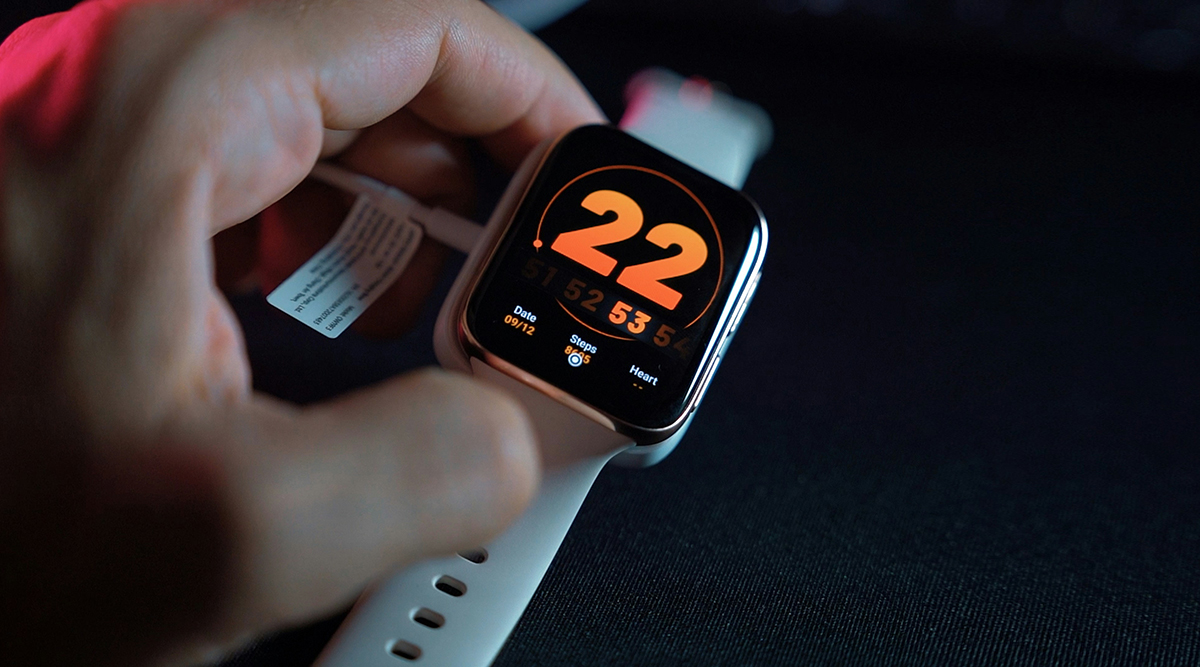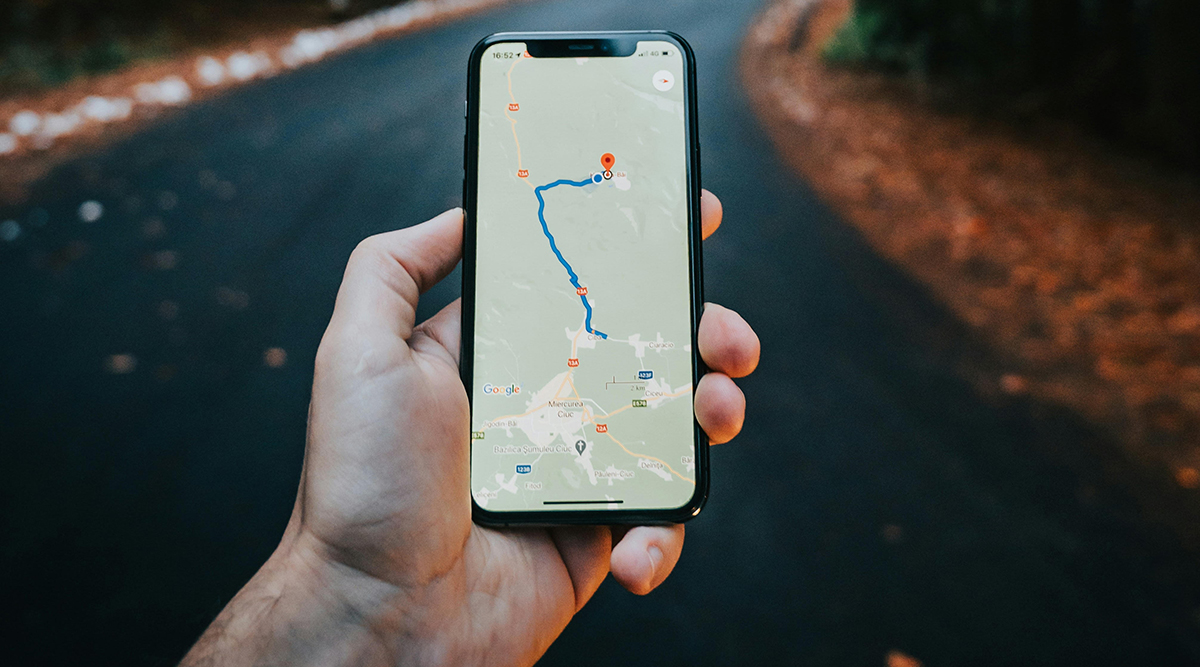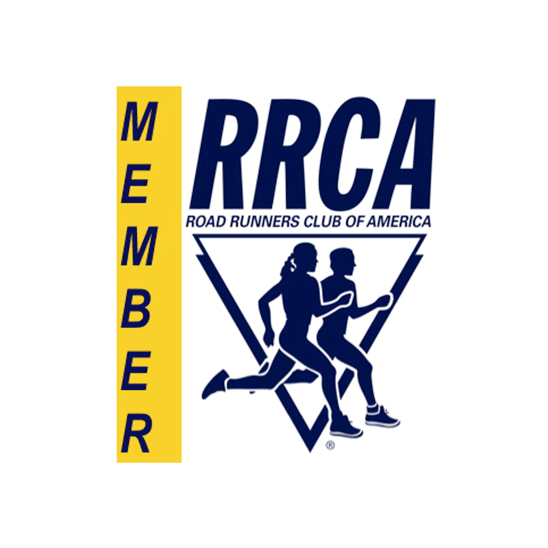Last week Coach John Phillips covered the basics of training apps like Nike Run Club, Map My Run, Strava and Run Keeper. He focused on the stuff we all need when we do a specific run…like time, distance, and heart rate. He also talked about integrating either a watch or a phone (or both) into a training session. It’s a great survey of what’s available and if you missed it last week please check it out here:
https://laleggers.org/running-walking-apps/
In this column I’m going to pick up the thread and talk about what you can do with that data after you collect it. I’m not going to spread the net as wide as John did: I’m going to focus on two apps and two things those apps do. The apps are Strava and City Strides, and the two things they do are socialization and gamification.
That last word is a mouthful: “Gamification” means making things more game-like or competitive. The socialization part is familiar to anybody online nowadays: it means the ability to form a community through the app, share your accomplishments, and encourage your friends.
Strava stands out as the best app for sharing with your walking and running buddies. It’s free to start, but most of the really interesting features are only available to subscribers. You can download the app for free and use any major tracking device (say a Garmin watch) to feed your data into your Strava account. You can also enter data manually if your device somehow missed a session. Strava is a warehouse for your data: it never forgets a run, walk, ride or swim. You’ll be able to look back at anything you’ve recorded and you’ll be treated to annual and lifetime reports on your activity.
Once there you’ll be able to find groups and friends as you would on Facebook. Part of the fun of Strava is keeping up with what your buddies are doing: you’ll get an online feed of their latest activities. And you can also get involved in the more “gamified” aspects if you want: Strava breaks courses into segments and it lets you know when you’ve PR’ed a certain segment. I see I usually run the Boardwalk from Brooks to Venice Blvd. in about 6 minutes, but there’s some guy named Donald whose best time is 2:32!
Speed is not really my bag, and because of that I love City Strides. Like Strava, City Strides remembers everything my Garmin watch records, but it maps it and tracks every street I’ve walked down. The main point of City Strides is covering ground: all of it!
I first used the app during COVID in 2020: I knew I needed to put in some miles by myself, and I needed motivation. I decided to walk or run every street in my hometown of Culver City, and City Strides tracked all of that for me. Every time I complete a walk or run, City Strides drops my progress on to their maps and tells me when I complete a street. As with Strava I can compare my progress with my friends and other “Striders” to see who’s done 100% of Culver City or Venice or wherever!
City Strides is really for you if you like DISTANCE and you’d like to see the world. It’s a little less focused on the granular details of fitness and more on the fun and culture of experiencing a city.
Last year a bunch of people asked me about City Strides and so I created a short video to show the experience — check it out!
Next up in our series on tech and the Leggers we’ll take a look at mapping sites, including some tips on how to find a place to walk or run wherever you are in the world.





